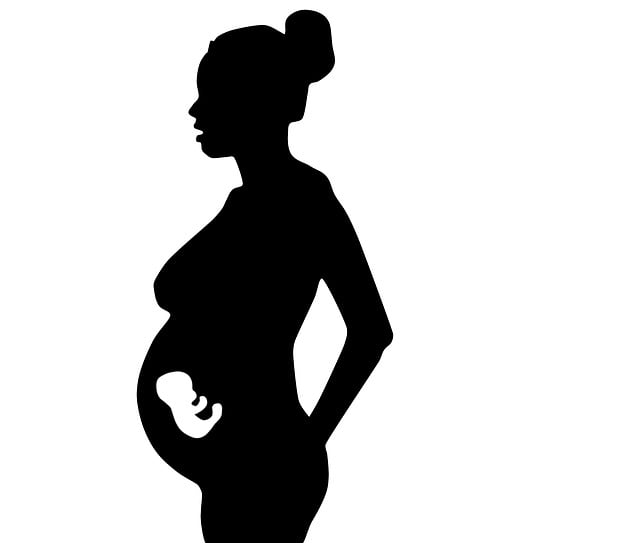Spotting during pregnancy is a concern that many expectant mothers encounter. Approximately 20% of women report experiencing some form of spotting in the first trimester. Typically, this bleeding is lighter than a regular menstrual flow and may vary in color from red to brown. While it can be alarming, it’s important not to panic—most women who notice spotting during pregnancy go on to have healthy pregnancies and babies.
Spotting vs. Bleeding
Vaginal bleeding during pregnancy refers to any blood discharge from the vagina, which can happen at any point from conception to delivery. Light spotting is common in early pregnancy, especially during the first trimester, and is usually not a cause for concern. Spotting is characterized by minimal blood—just a few drops on underwear—whereas bleeding is heavier and may require a pad or liner to manage. Regardless of the situation, it’s best to contact your healthcare provider and describe what you’re experiencing.
Common Causes of Spotting
One frequent cause of early spotting is implantation bleeding, which occurs when the fertilized egg attaches itself to the uterine wall. This can lead to a couple of days of light bleeding, often mistaken for a regular period. Another potential cause is a cervical polyp, a benign growth on the cervix that can bleed during pregnancy due to increased estrogen levels. The blood vessels in the cervix become more prominent, making it more susceptible to bleeding during activities such as intercourse or a gynecological examination.
Managing Spotting During Pregnancy
While some spotting or bleeding may not be unusual, it’s crucial to consult your healthcare provider to discuss your symptoms. Fortunately, around 50% of women who experience bleeding during pregnancy will have a healthy outcome. If you notice heavy bleeding similar to a period, it’s essential to contact your obstetrician to rule out complications such as an ectopic pregnancy. Abnormal bleeding later in pregnancy could indicate more serious issues, so reach out to your healthcare professional if you experience any bleeding in your second or third trimester.
To help manage spotting and enhance the chances of a healthy pregnancy, your doctor might recommend the following:
- Bed rest or taking more naps
- Reducing physical activity
- Elevating your feet when possible
- Avoiding lifting anything over 10 pounds
Remember, the reassuring news is that most women who experience spotting during pregnancy will ultimately have healthy pregnancies. Yet, communication with your healthcare provider remains key to addressing any concerns or symptoms.
For those considering at-home insemination, resources such as Vegas Pregnancy offer a free sperm donor matching service, while Make a Mom provides unique options for at-home insemination, including reusable kits. You can learn more about how this process works at Make a Mom. For further guidance, check out this insightful post on balancing breastfeeding and work from our blog here. If you’re looking for expert insights on fertility, Hopkins Medicine offers excellent resources. Additionally, Modern Family Blog provides valuable information to support your journey.
In conclusion, while spotting during pregnancy can be concerning, most women who experience it go on to have successful pregnancies. Always consult your healthcare provider about any unusual symptoms to ensure both your health and the health of your baby.
